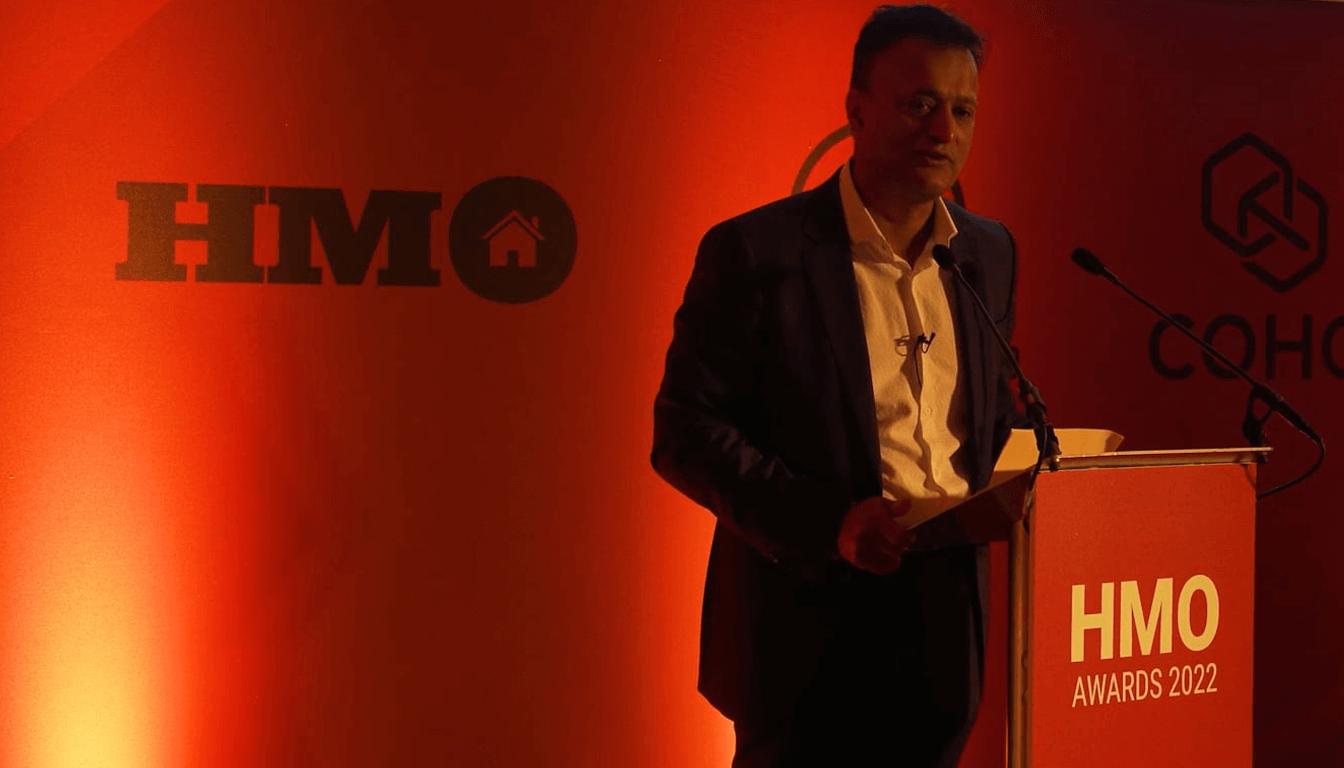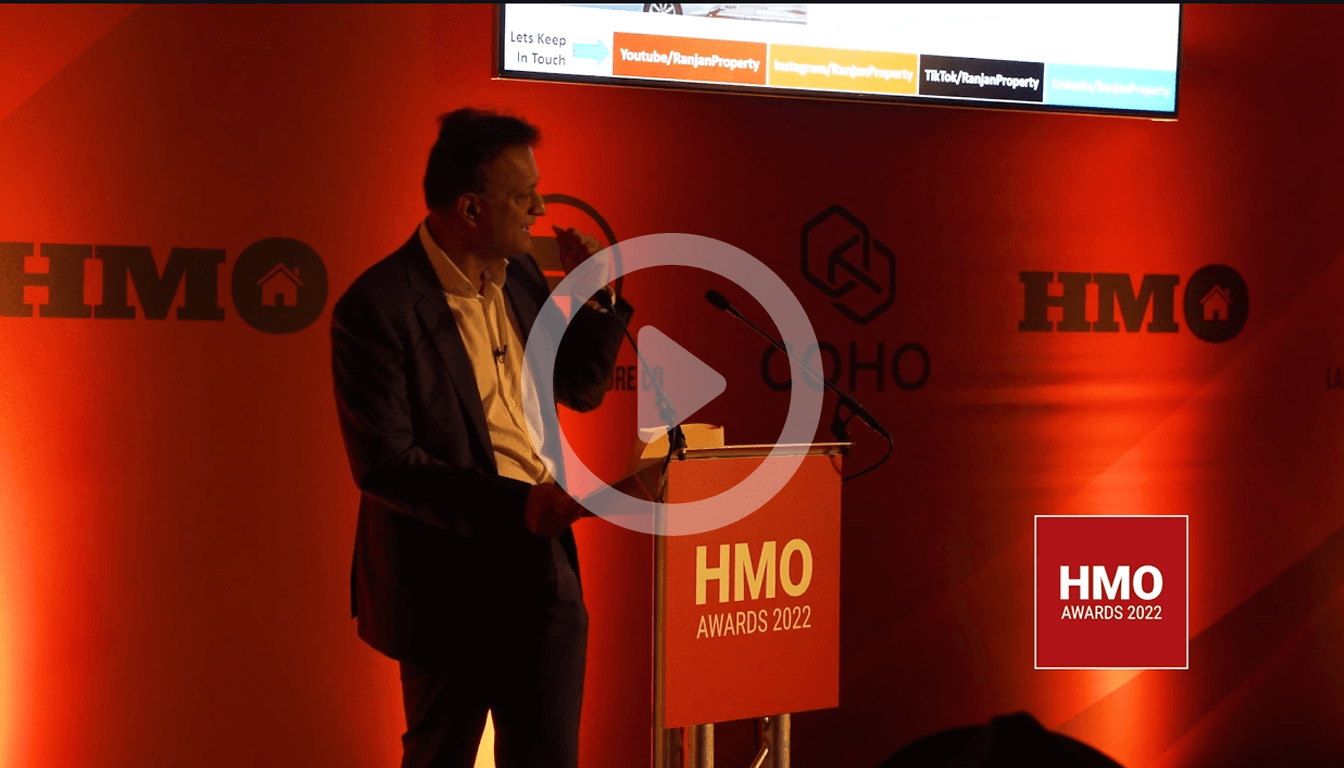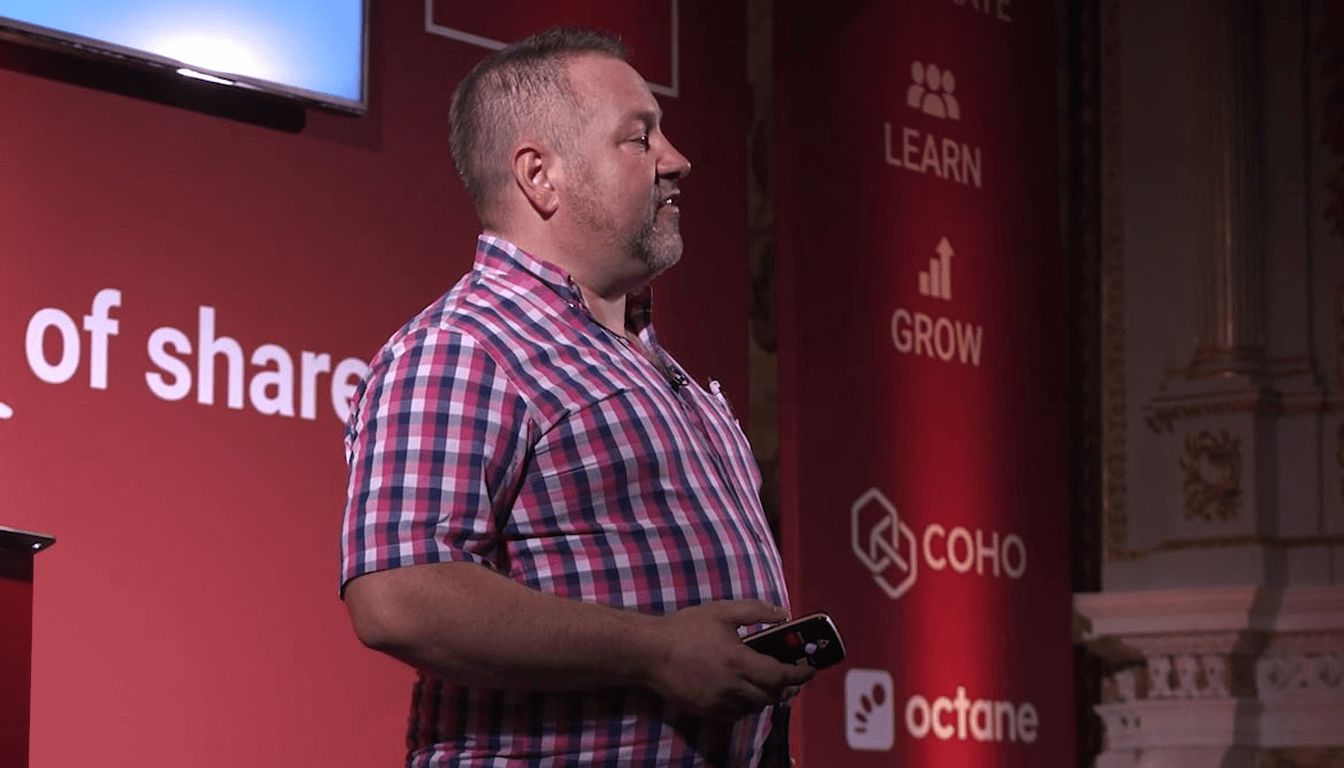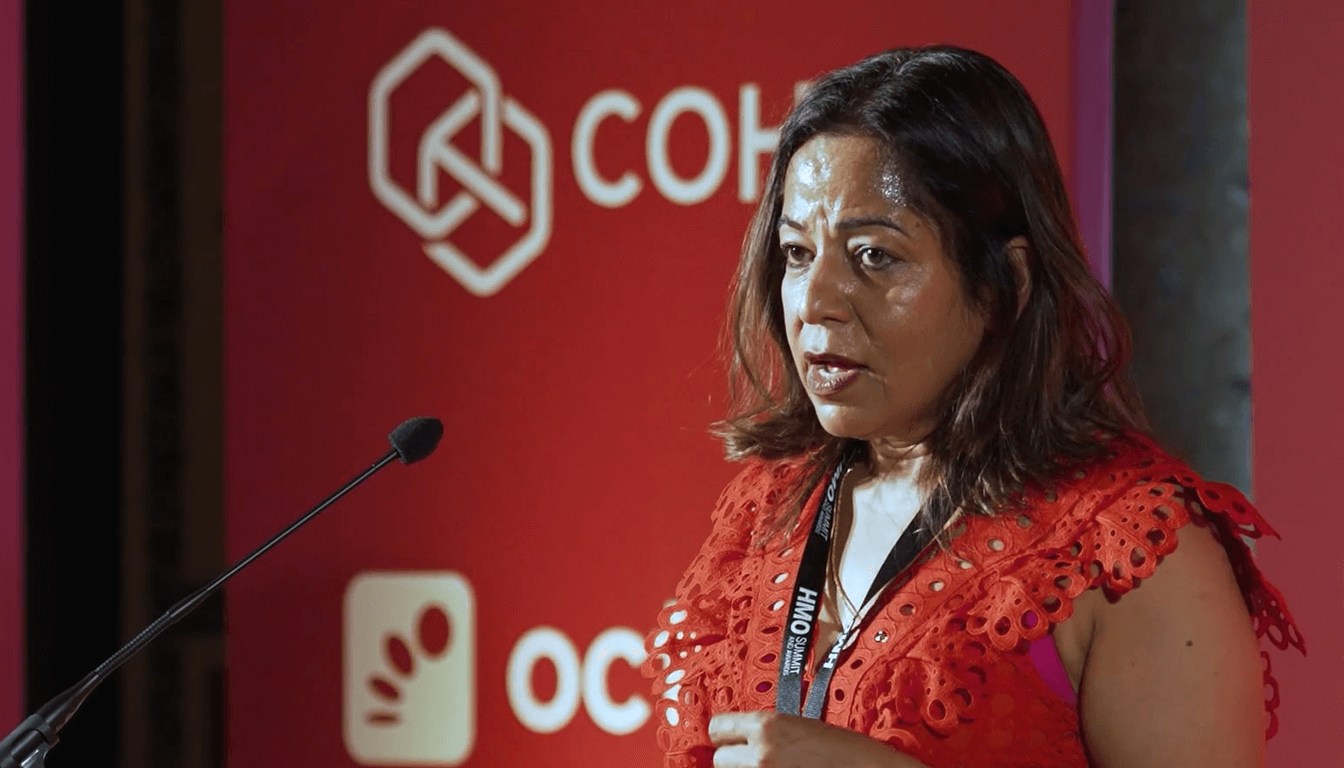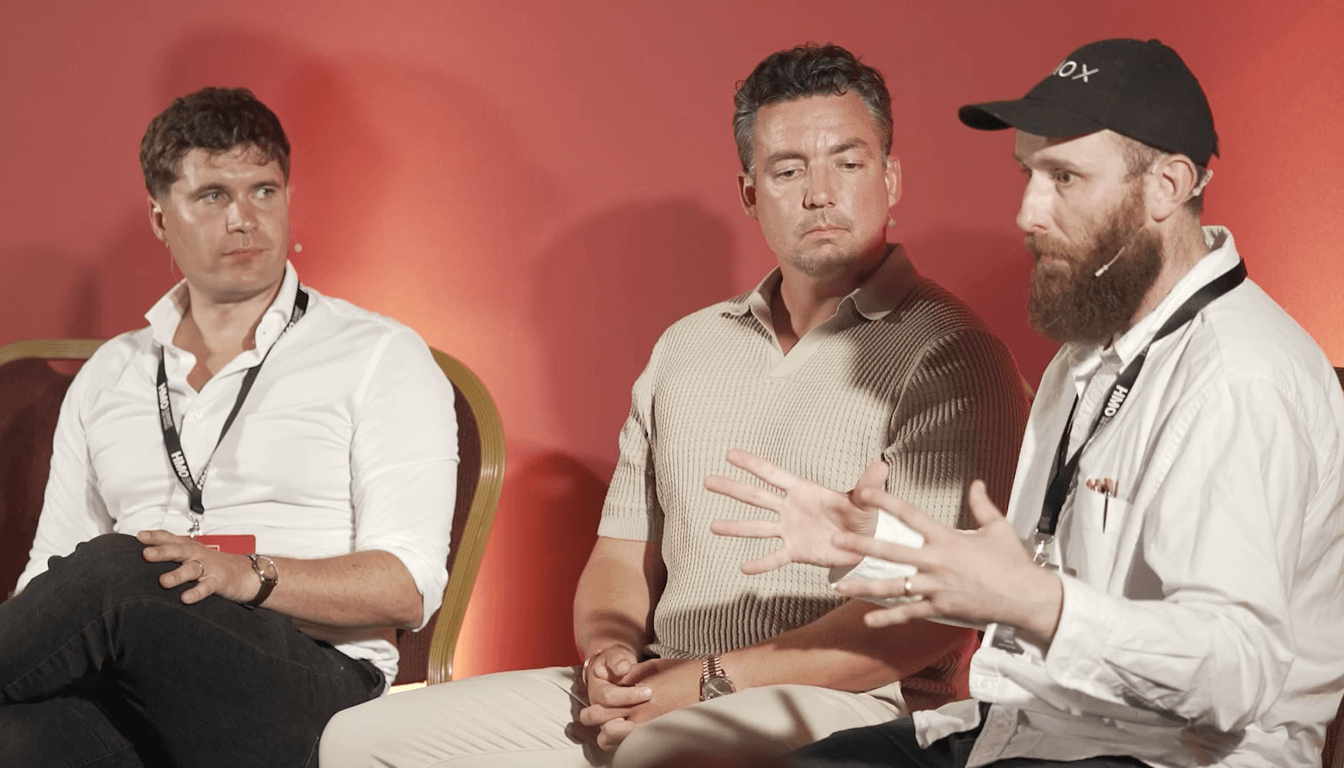The Hidden Shift: From Traditional HMOs to a Smarter Model
For years, Houses in Multiple Occupation (HMOs) have been the go-to strategy for property investors seeking higher cash flow. But a growing number of seasoned landlords are quietly pivoting to a lesser-known strategy—one that offers the same, if not better, returns with dramatically fewer regulatory headaches and management hassles.
Welcome to the world of Commercial Property in Multiple Occupation (CMO): converting underused commercial buildings into self-contained one-bedroom flats.
This approach combines the cash flow of HMOs with the simplicity of single-lets—and it’s fast becoming the most profitable play in the market for those who understand the rules.
Why HMOs Are Losing Their Shine
HMOs used to be property goldmines. But with increasing regulation, council tax complications, planning restrictions, and energy inefficiencies, they’ve become more difficult to manage and less financially attractive over time.
Here are a few reasons investors are growing weary of traditional HMOs:
- Rising Regulation: Mandatory licensing, planning permissions, Article 4 directions, and ongoing legal changes make HMO compliance a moving target.
- Management Intensity: From housemate disputes to subletting nightmares (yes, even tenants renting out sheds), the day-to-day operations of HMOs demand constant attention.
- Rising Costs: With the energy crisis and inclusive rent structures, landlords shoulder increasing utility costs. Some tenants still cool rooms by opening windows instead of adjusting thermostats.
- Council Tax Banding Risks: In some areas, local authorities are now assessing each HMO room for individual council tax bands—turning shared homes into financial time bombs.
- Lack of Ownership in Rent-to-Rent: Investors using rent-to-rent models face rising mortgage rates and own no underlying asset, while taking on all operational risk.
All these pressures mean one thing: the margins in HMOs are shrinking. And savvy investors are looking elsewhere.
The Rise of CMO: Commercial-to-Residential Conversions
Enter the Commercial Property in Multiple Occupation (CMO) model. Instead of buying houses and converting them into HMOs, smart investors are acquiring commercial buildings—often offices or retail units—and transforming them into high-yielding one-bedroom flats.
Here’s why this strategy is turning heads:
- No Licensing Requirements: Each flat is a single-let unit, which eliminates the need for HMO licensing altogether—even in areas with selective licensing schemes.
- No Communal Areas: Unlike HMOs, there are no shared kitchens or lounges to maintain. Each tenant lives independently, drastically reducing wear and tear.
- Simplified Management: With tenants on individual Assured Shorthold Tenancies (ASTs), managing these flats is akin to managing standard buy-to-lets—only more profitable.
- Let and Forget Model: Many of these units are rented unfurnished, which appeals to long-term tenants and reduces fit-out and maintenance costs.
- Permitted Development (PD) Rights: Thanks to PD rights, converting many types of commercial buildings to residential use can be done without full planning applications—streamlining the process significantly.
- Diverse Income Streams: Many commercial buildings come with ground-floor retail units, allowing investors to benefit from long leases with stable commercial tenants while renting out the upper floors residentially.
Real-World Examples and Results
From nationwide banks to political party offices, commercial properties across the UK are being quietly repurposed into clusters of high-demand one-bedroom flats.
In cities like Leicester, North London, and Gerrards Cross, investors are converting old office spaces into eight, ten, or even twelve self-contained units. These flats require minimal furnishing, attract long-term tenants, and generate cash flow on par with or better than HMOs—with significantly less stress.
And the strategy isn’t limited to major cities. Smaller towns with high rental demand but low housing supply offer just as much potential—especially when ground-floor shops or cafes provide an additional income stream.
The Financial Edge: How the Numbers Stack Up
What makes this strategy especially appealing is the value gap between commercial and residential property.
- Commercial Valuations = Based on Yield: Commercial properties are valued based on income. A vacant shop or office generates little value—but the moment it’s approved for residential conversion, its potential value skyrockets.
- Residential Valuations = Based on Comparables: Once converted, each flat is valued like any other residential unit—based on local comparables, not cash flow.
- The Uplift Opportunity: This difference between commercial cost per square foot and residential resale value creates the perfect setup for what investors call a “no money left in” deal.
Many successful projects see 35%+ profit margins, which means that after refinancing at the end of the build, most—if not all—of the investor’s capital can be recycled into the next project.
The Recession-Proof Advantage
What makes the CMO strategy even more compelling today is the macroeconomic environment:
- Oversupply of Commercial Stock: Online retail and remote work have left countless commercial buildings empty.
- Price Compression: Commercial property values have dropped, while residential demand—and rents—have remained strong or grown.
- Permitted Development Fast-Track: Investors can secure change-of-use in as little as 56 days, massively accelerating the timeline compared to traditional planning.
- Energy Efficiency Gains: Newer commercial buildings (like late-80s office blocks) are often easier and cheaper to retrofit for EPC compliance—boosting tenant satisfaction and long-term savings.
Execution Blueprint: Turning Strategy into Profit
Here’s a simplified version of how the strategy plays out:
- Secure the Commercial Site: Use an option agreement or delayed completion to lock in the property without upfront capital outlay.
- Apply for Permitted Development: Submit your change-of-use application during the contract window. Approval typically takes 56 days.
- Refinance After Approval: Once PD rights are secured, the site value rises. Use bridging finance or development loans to fund the purchase and conversion.
- Convert Efficiently: Focus on one-bedroom flats that meet space and fire safety standards. Avoid communal areas and stick to unfurnished lets for long-term stability.
- Let and Refinance: Upon completion, refinance with a commercial buy-to-let lender. The income now supports a high valuation, allowing you to pull out most or all of your original investment.
The Smart Investor’s Alternative to HMOs
The CMO model isn’t just a workaround to avoid HMO regulations—it’s a powerful strategy for sustainable, scalable, and stress-free property investing. With the right education and execution, investors can tap into underused commercial stock, maximize returns, and build long-term rental portfolios that practically manage themselves.
In a world where the HMO model is under pressure, this overlooked strategy offers a way forward—one that smart investors are already capitalizing on.
The Hidden Shift: From Traditional HMOs to a Smarter Model
For years, Houses in Multiple Occupation (HMOs) have been the go-to strategy for property investors seeking higher cash flow. But a growing number of seasoned landlords are quietly pivoting to a lesser-known strategy—one that offers the same, if not better, returns with dramatically fewer regulatory headaches and management hassles.
Welcome to the world of Commercial Property in Multiple Occupation (CMO): converting underused commercial buildings into self-contained one-bedroom flats.
This approach combines the cash flow of HMOs with the simplicity of single-lets—and it’s fast becoming the most profitable play in the market for those who understand the rules.
Why HMOs Are Losing Their Shine
HMOs used to be property goldmines. But with increasing regulation, council tax complications, planning restrictions, and energy inefficiencies, they’ve become more difficult to manage and less financially attractive over time.
Here are a few reasons investors are growing weary of traditional HMOs:
- Rising Regulation: Mandatory licensing, planning permissions, Article 4 directions, and ongoing legal changes make HMO compliance a moving target.
- Management Intensity: From housemate disputes to subletting nightmares (yes, even tenants renting out sheds), the day-to-day operations of HMOs demand constant attention.
- Rising Costs: With the energy crisis and inclusive rent structures, landlords shoulder increasing utility costs. Some tenants still cool rooms by opening windows instead of adjusting thermostats.
- Council Tax Banding Risks: In some areas, local authorities are now assessing each HMO room for individual council tax bands—turning shared homes into financial time bombs.
- Lack of Ownership in Rent-to-Rent: Investors using rent-to-rent models face rising mortgage rates and own no underlying asset, while taking on all operational risk.
All these pressures mean one thing: the margins in HMOs are shrinking. And savvy investors are looking elsewhere.
The Rise of CMO: Commercial-to-Residential Conversions
Enter the Commercial Property in Multiple Occupation (CMO) model. Instead of buying houses and converting them into HMOs, smart investors are acquiring commercial buildings—often offices or retail units—and transforming them into high-yielding one-bedroom flats.
Here’s why this strategy is turning heads:
- No Licensing Requirements: Each flat is a single-let unit, which eliminates the need for HMO licensing altogether—even in areas with selective licensing schemes.
- No Communal Areas: Unlike HMOs, there are no shared kitchens or lounges to maintain. Each tenant lives independently, drastically reducing wear and tear.
- Simplified Management: With tenants on individual Assured Shorthold Tenancies (ASTs), managing these flats is akin to managing standard buy-to-lets—only more profitable.
- Let and Forget Model: Many of these units are rented unfurnished, which appeals to long-term tenants and reduces fit-out and maintenance costs.
- Permitted Development (PD) Rights: Thanks to PD rights, converting many types of commercial buildings to residential use can be done without full planning applications—streamlining the process significantly.
- Diverse Income Streams: Many commercial buildings come with ground-floor retail units, allowing investors to benefit from long leases with stable commercial tenants while renting out the upper floors residentially.
Real-World Examples and Results
From nationwide banks to political party offices, commercial properties across the UK are being quietly repurposed into clusters of high-demand one-bedroom flats.
In cities like Leicester, North London, and Gerrards Cross, investors are converting old office spaces into eight, ten, or even twelve self-contained units. These flats require minimal furnishing, attract long-term tenants, and generate cash flow on par with or better than HMOs—with significantly less stress.
And the strategy isn’t limited to major cities. Smaller towns with high rental demand but low housing supply offer just as much potential—especially when ground-floor shops or cafes provide an additional income stream.
The Financial Edge: How the Numbers Stack Up
What makes this strategy especially appealing is the value gap between commercial and residential property.
- Commercial Valuations = Based on Yield: Commercial properties are valued based on income. A vacant shop or office generates little value—but the moment it’s approved for residential conversion, its potential value skyrockets.
- Residential Valuations = Based on Comparables: Once converted, each flat is valued like any other residential unit—based on local comparables, not cash flow.
- The Uplift Opportunity: This difference between commercial cost per square foot and residential resale value creates the perfect setup for what investors call a “no money left in” deal.
Many successful projects see 35%+ profit margins, which means that after refinancing at the end of the build, most—if not all—of the investor’s capital can be recycled into the next project.
The Recession-Proof Advantage
What makes the CMO strategy even more compelling today is the macroeconomic environment:
- Oversupply of Commercial Stock: Online retail and remote work have left countless commercial buildings empty.
- Price Compression: Commercial property values have dropped, while residential demand—and rents—have remained strong or grown.
- Permitted Development Fast-Track: Investors can secure change-of-use in as little as 56 days, massively accelerating the timeline compared to traditional planning.
- Energy Efficiency Gains: Newer commercial buildings (like late-80s office blocks) are often easier and cheaper to retrofit for EPC compliance—boosting tenant satisfaction and long-term savings.
Execution Blueprint: Turning Strategy into Profit
Here’s a simplified version of how the strategy plays out:
- Secure the Commercial Site: Use an option agreement or delayed completion to lock in the property without upfront capital outlay.
- Apply for Permitted Development: Submit your change-of-use application during the contract window. Approval typically takes 56 days.
- Refinance After Approval: Once PD rights are secured, the site value rises. Use bridging finance or development loans to fund the purchase and conversion.
- Convert Efficiently: Focus on one-bedroom flats that meet space and fire safety standards. Avoid communal areas and stick to unfurnished lets for long-term stability.
- Let and Refinance: Upon completion, refinance with a commercial buy-to-let lender. The income now supports a high valuation, allowing you to pull out most or all of your original investment.
The Smart Investor’s Alternative to HMOs
The CMO model isn’t just a workaround to avoid HMO regulations—it’s a powerful strategy for sustainable, scalable, and stress-free property investing. With the right education and execution, investors can tap into underused commercial stock, maximize returns, and build long-term rental portfolios that practically manage themselves.
In a world where the HMO model is under pressure, this overlooked strategy offers a way forward—one that smart investors are already capitalizing on.

